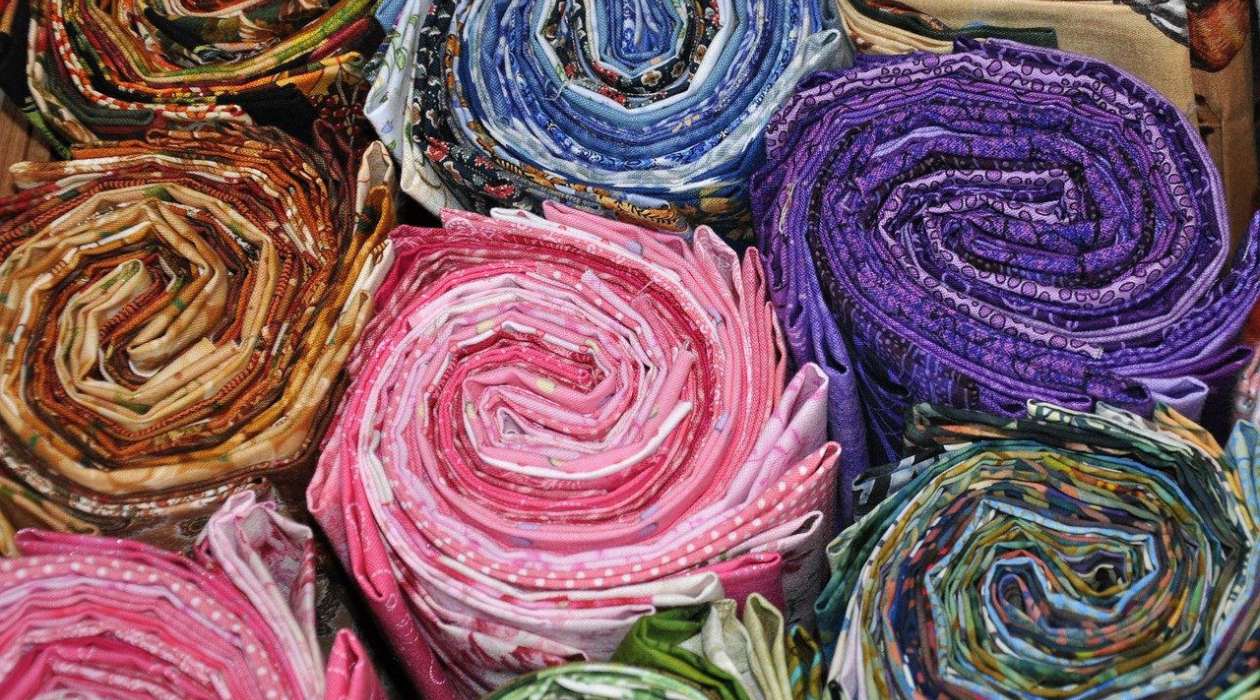

Articles
How To Store Old Quilts
Modified: October 27, 2024
Learn how to store old quilts and preserve their quality with these helpful articles. Keep your cherished quilts safe and protected for future generations.
(Many of the links in this article redirect to a specific reviewed product. Your purchase of these products through affiliate links helps to generate commission for Storables.com, at no extra cost. Learn more)
Introduction
Quilts hold a special place in our hearts and our homes. They are not only functional bedding items but also pieces of art that carry memories and stories. Whether you have cherished heirloom quilts that have been passed down through generations or you’ve crafted your own beautiful creations, proper storage is essential to preserve their quality and prolong their lifespan.
In this article, we will explore the importance of storing old quilts carefully and provide you with valuable tips and techniques to ensure their preservation. From selecting the right storage location to using proper folding techniques, we will cover all the necessary steps to keep your quilts in pristine condition for years to come.
So, let’s dive in and uncover the secrets of storing old quilts!
Key Takeaways:
- Preserve the beauty and longevity of old quilts by selecting the right storage location, using acid-free tissue paper, and avoiding direct light and moisture. Periodically checking on stored quilts ensures their continued preservation and quality.
- Properly storing old quilts is a way to honor the craftsmanship, love, and memories woven into each stitch. By implementing the right techniques, you can safeguard these treasured items and pass them down as heirlooms for future generations to enjoy.
Read more: What To Do With An Old Quilt
Selecting the Right Storage Location
The first step in preserving your old quilts is to find the ideal storage location. It’s crucial to choose a space that is clean, dry, and free from potential hazards. Here are some factors to consider when selecting the right storage location:
- Avoid areas with fluctuating temperature: Extreme changes in temperature can cause damage to quilts. It’s best to avoid basements, attics, or rooms that are susceptible to temperature fluctuations. Instead, opt for a climate-controlled room in your home.
- Protect from direct sunlight: Exposure to direct sunlight can fade the colors of your quilts over time. Choose a storage location away from windows or use curtains or blinds to block out sunlight. If possible, store the quilts in a dark area of your home.
- Ensure proper ventilation: Proper airflow is essential to prevent the growth of mold or mildew. Avoid storing quilts in airtight containers or plastic bags that can trap moisture. Instead, consider using breathable fabric bags or wrapping the quilts in clean cotton sheets.
- Keep away from pests: Pests such as moths, silverfish, or rodents can cause significant damage to quilts. Choose a storage location that is well-protected from these pests. Consider using natural pest deterrents like lavender sachets or cedar chips to further safeguard your quilts.
- Consider the weight: Quilts can be heavy, especially if you have a large collection. Ensure that the storage location can handle the weight and that the shelves or supports are sturdy enough to prevent any damage.
By taking these factors into account, you can ensure that your quilts are stored in an environment that minimizes the risk of damage and deterioration.
Cleaning and Preparing the Quilts for Storage
Before storing your old quilts, it’s essential to clean them properly to remove any dirt, dust, or potential stains. Follow these steps to clean and prepare your quilts for storage:
- Inspect for any damage: Examine each quilt carefully for any signs of damage or loose threads. Make necessary repairs before storing them, as any damage can worsen over time.
- Dust and vacuum: Start by gently dusting off the surface of the quilt using a soft-bristle brush or a clean, lint-free cloth. Be careful not to rub vigorously to avoid damaging delicate stitching. After dusting, use a vacuum cleaner on a low setting with a brush attachment to remove any remaining dust or debris.
- Treat stains: If you notice any stains on your quilts, it’s important to address them before storage. Use mild detergent and lukewarm water to gently spot-clean the stained areas. Test the detergent on a small, inconspicuous area first to ensure it doesn’t cause any discoloration or damage.
- Allow ample drying time: After cleaning, give your quilts enough time to dry completely before folding and storing them. Hang them on a clothesline or lay them flat on a clean, dry surface. Avoid direct sunlight as it can cause fading.
- Consider professional cleaning: If your quilts are very delicate, antique, or have intricate embroidery, it may be best to seek professional cleaning services. They have the expertise and proper techniques to handle such quilts without causing any damage.
Once your quilts are clean and dry, you can proceed with the next steps to ensure their proper storage and preservation.
Proper Folding Techniques
Folding your quilts correctly is crucial to prevent creases, wrinkles, and stress on the fabric. Follow these proper folding techniques to preserve the integrity of your quilts:
- Start with a clean surface: Lay a clean, flat surface such as a bed or a large table to fold your quilts. Make sure the surface is free from any dirt or debris that could transfer onto the quilt.
- Support with acid-free tissue paper: Place acid-free tissue paper on the folding surface to provide additional support and protect the quilt from any potential acidity in the surface. Use enough tissue paper to cover the entire surface of the quilt.
- Place the quilt on top: Gently lay the quilt on top of the tissue paper, making sure it is centered and straight.
- Fold in thirds: Start folding the quilt in thirds, bringing one side towards the center and then folding the other side over it. This helps distribute any stress along the quilt and minimizes the risk of creases.
- Avoid sharp creases: As you fold the quilt, try to avoid creating sharp creases or bends in the fabric. Smooth out any visible creases or wrinkles as you fold.
- Alternate the direction of folds: To further prevent stress on the fabric, alternate the direction of the folds each time you store the quilt. This reduces the chances of permanent creases forming in the same places over time.
- Add additional layers: If you have multiple quilts to store, place a layer of acid-free tissue paper between each quilt to provide a protective barrier and prevent any potential color transfer.
Remember to handle your quilts with clean, dry hands and avoid touching the fabric directly with your fingers to prevent oils and dirt from transferring onto the quilt.
By following these proper folding techniques, you can ensure that your quilts are stored in a neat and organized manner, minimizing the risk of damage and preserving their beauty.
Using Acid-Free Tissue Paper
When it comes to storing old quilts, using acid-free tissue paper is an essential step in preserving their longevity and quality. Here’s why acid-free tissue paper is so important and how to use it effectively:
Regular tissue paper contains acids that can leach onto the fabric of your quilts, causing discoloration, deterioration, and even weakening of the fibers over time. Acid-free tissue paper, on the other hand, is made from pH-neutral materials that won’t harm your quilts. Its primary purpose is to provide a protective barrier between the folds of the quilt, preventing any friction or potential damage from occurring.
Here’s how to use acid-free tissue paper when storing your old quilts:
- Prepare the tissue paper: Ensure the acid-free tissue paper is clean, dry, and free from any creases or folds. Avoid using tissue paper with any printing or patterns, as these may transfer onto the fabric.
- Layer the tissue paper: Start by placing a layer of the acid-free tissue paper on the folding surface, covering the entire area where the quilt will be placed. This provides an additional layer of protection against any potential surface acidity.
- Add tissue paper between folds: As you fold your quilt, insert a layer of acid-free tissue paper between each fold. This helps prevent the fabric from rubbing against itself, reducing the risk of color transfer and friction damage.
- Finish with a layer of tissue paper: Once the quilt is completely folded, add a final layer of acid-free tissue paper on top of the folds. This provides an extra barrier of protection and helps maintain the quilt’s shape and structure.
- Avoid overstuffing: It’s important not to overstuff the folds with too much tissue paper, as this can put unnecessary pressure on the quilt. The goal is to provide enough cushioning and protection without causing strain or deformation.
- Store in a breathable container or bag: After using acid-free tissue paper, place the folded quilt in a breathable fabric bag or container. This helps protect it from dust, while still allowing airflow to prevent moisture buildup.
By using acid-free tissue paper, you can safeguard your quilts from potential damage, ensure their longevity, and preserve their beauty for years to come.
Store old quilts in a cool, dry place away from direct sunlight to prevent fading and deterioration. Avoid storing them in plastic bags, as this can trap moisture and lead to mold growth. Instead, use a cotton or muslin bag for breathable storage.
Read more: How To Make Quilt From Old Clothes
Avoiding Direct Light and Moisture
Direct light and moisture can have detrimental effects on your stored quilts, causing fading, discoloration, mold growth, and fabric degradation. Here are some important tips to help you protect your quilts from these damaging elements:
Avoiding Direct Light:
- Choose a dark storage location: Store your quilts in a dark area of your home to minimize their exposure to light. This can be a room with minimal natural light or a closet where you can control the amount of light entering.
- Use UV protective window coverings: If you must store quilts in a room with windows, consider using curtains, blinds, or window film that offer UV protection. These will filter out harmful ultraviolet rays which can cause fading and damage to the fabric.
- Avoid fluorescent lighting: If you’re storing quilts in a room with artificial lighting, opt for incandescent or LED bulbs instead of fluorescent lights. Fluorescent lighting emits a higher amount of ultraviolet rays, which can accelerate fabric deterioration and color fading.
Avoiding Moisture:
- Ensure proper ventilation: Choose a storage location that has good air circulation to prevent moisture buildup. Avoid basements or areas prone to high humidity levels as they can promote mold growth and damage the fabric.
- Use dehumidifiers or moisture absorbers: If you live in a humid climate or your storage area tends to be damp, consider using dehumidifiers or moisture-absorbing products such as silica gel packs or activated charcoal to reduce humidity levels.
- Avoid storing near water sources: Keep quilts away from water sources such as pipes, sinks, or windows that may leak. Even minor water exposure can lead to irreversible damage, including mold growth and fabric staining.
- Inspect for moisture regularly: Periodically check on your stored quilts to ensure there are no signs of moisture or mold. If you notice any dampness or musty odors, take immediate action to address the issue and reevaluate your storage location.
By taking these precautions to avoid direct light and moisture, you can protect your quilts from damage and ensure they remain in excellent condition throughout their time in storage.
Choosing the Right Containers or Bags
The choice of containers or bags for storing your old quilts is crucial in maintaining their quality and protecting them from dust, pests, and potential damage. Here are some factors to consider when selecting the right containers:
- Opt for breathable containers: It’s important to choose containers that allow for proper airflow to prevent moisture buildup. Avoid airtight plastic containers or bags as they can trap moisture and promote the growth of mold or mildew. Instead, opt for breathable fabric storage bags or acid-free boxes.
- Use acid-free and archival-quality materials: Make sure the containers or bags you choose are made from acid-free and archival-quality materials. These materials are free from harmful chemicals that can deteriorate the fabric of your quilts over time.
- Consider size and shape: Select containers or bags that are spacious enough to accommodate your quilts without excessive folding or compression. Avoid overcrowding the storage space and allow some room for the quilts to breathe.
- Add additional protection: If you’re storing your quilts in boxes, consider lining the bottom with acid-free tissue paper or clean cotton sheets for extra cushioning and protection.
- Label and identify: Clearly label each container with the type of quilts stored inside and any other relevant details. This will help you easily locate specific quilts without having to sift through multiple containers.
- Protect from pests: Use natural pest deterrents like lavender sachets or cedar chips in the storage containers to deter insects and protect your quilts from potential pest damage.
- Store in a stable environment: Once your quilts are packed in the appropriate containers, make sure to place them in a stable and safe storage area, away from any potential hazards like water leaks, extreme temperature fluctuations, or heavy objects that could damage the containers.
By choosing the right containers or bags and providing a suitable storage environment, you can ensure that your quilts remain well-protected and in excellent condition for years to come.
Checking on Stored Quilts Periodically
While your quilts may be safely stored away, it’s important to periodically check on them to ensure they are maintaining their quality and are free from any potential issues. Here’s why checking on your stored quilts is crucial and how to do it effectively:
Why Check on Stored Quilts:
- Preventative maintenance: Regularly inspecting your stored quilts allows you to catch any problems early on, such as signs of mold, pests, or fabric damage. This enables you to take immediate action and prevent further deterioration.
- Address storage issues: Checking on your quilts gives you the opportunity to assess the storage conditions. You can ensure that the storage area is free from moisture, pests, and any potential hazards that may compromise the quilts’ integrity.
- Re-fold and adjust: Over time, the folds and positioning of the quilts may shift or settle. Checking on them gives you the chance to re-fold and readjust the quilts if necessary, ensuring they maintain their proper shape and structure.
- Enjoy your quilts: Checking on your quilts allows you to reconnect with your collection, appreciate their beauty, and maybe even bring some of them out of storage for display or use.
How to Check on Stored Quilts:
- Inspect for signs of mold or mildew: Thoroughly examine the quilts for any signs of mold or mildew growth. Look for dark spots, musty smells, or any visible traces of mold. If you detect any signs of mold or mildew, address the issue promptly by cleaning the affected area or seeking professional help if needed.
- Check for pest activity: Look for any signs of pest infestation, such as small holes, droppings, or webs. Inspect the storage area as well, particularly in corners, crevices, or areas near food sources. If you spot any pests, take immediate action to eliminate them and ensure they cannot access your quilts.
- Assess fabric condition: Check the fabric of your quilts for any signs of discoloration, fabric weakening, or loose threads. Evaluate if any repairs or additional measures are needed to maintain the quilts’ structural integrity.
- Re-fold and adjust: If you notice any changes in the folds or positioning of the quilts, gently re-fold and readjust them to distribute any stress or pressure evenly. This helps prevent permanent creases and ensures the quilts maintain their original shape.
- Take them out for display or use: Consider bringing some of your quilts out of storage for display or occasional use. This allows you to enjoy them, share their beauty, and appreciate the handiwork that went into creating them.
By periodically checking on your stored quilts, you can ensure their continued preservation and make any necessary adjustments to maintain their quality for years to come.
Conclusion
Properly storing old quilts is essential for preserving their beauty, longevity, and sentimental value. By following the right techniques and taking necessary precautions, you can ensure that your cherished quilts remain in excellent condition for generations to come.
From selecting the right storage location to using acid-free tissue paper, avoiding direct light and moisture, and checking on your quilts periodically, every step plays a crucial role in maintaining the integrity of these precious items.
Remember to clean and prepare your quilts before storage, using gentle methods to remove dirt and stains without causing harm. Use proper folding techniques and store them in breathable containers or bags, utilizing acid-free materials to provide a protective environment. Avoid direct sunlight and moisture, as these can cause irreversible damage to the fabric.
Taking the time to periodically check on your stored quilts allows you to address any issues promptly and take preventative measures to maintain their quality. Inspecting for mold, pests, and fabric damage ensures that you catch any problems early on and can take appropriate actions to preserve your quilts.
Ultimately, the process of storing old quilts is not just about preservation; it’s a way to honor the craftsmanship, love, and memories woven into each stitch. By implementing these techniques, you can safeguard these treasured items and pass them down as heirlooms for future generations to enjoy.
So, whether your quilts are family heirlooms or handmade creations, giving them the proper care they deserve will ensure their beauty and significance endure for years to come.
Frequently Asked Questions about How To Store Old Quilts
Was this page helpful?
At Storables.com, we guarantee accurate and reliable information. Our content, validated by Expert Board Contributors, is crafted following stringent Editorial Policies. We're committed to providing you with well-researched, expert-backed insights for all your informational needs.


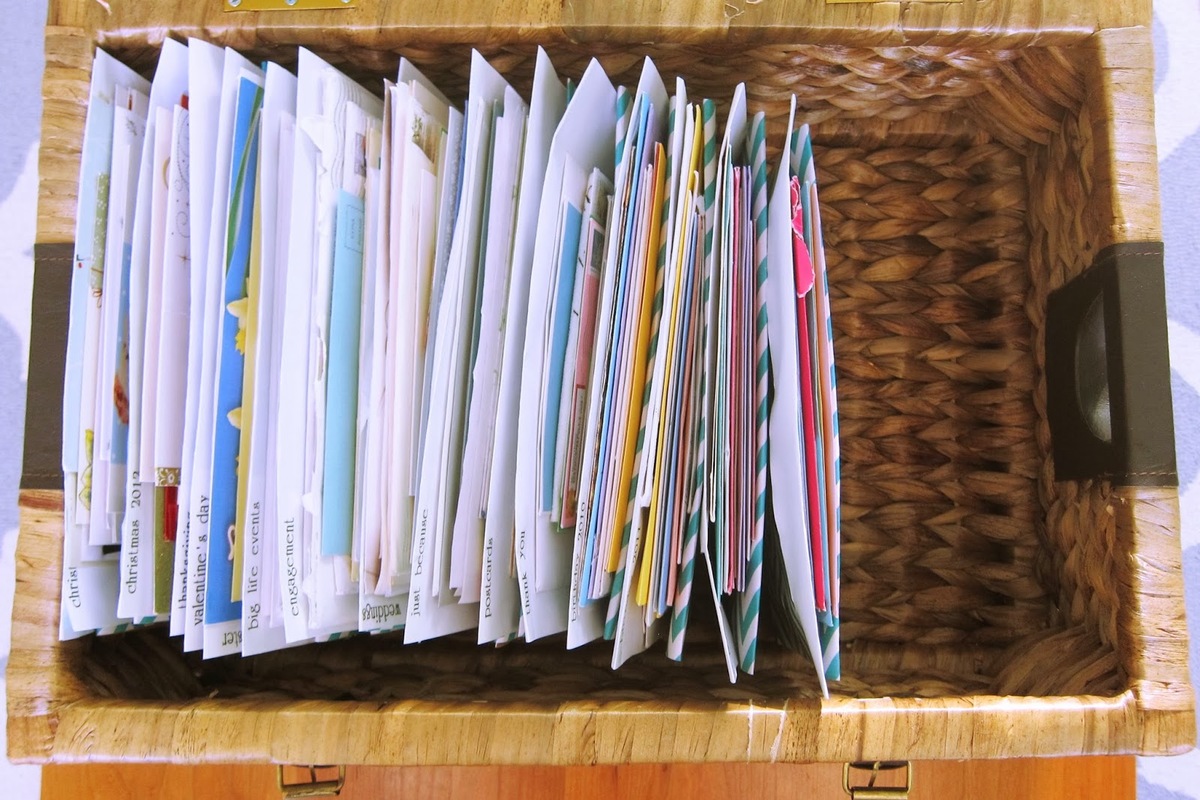



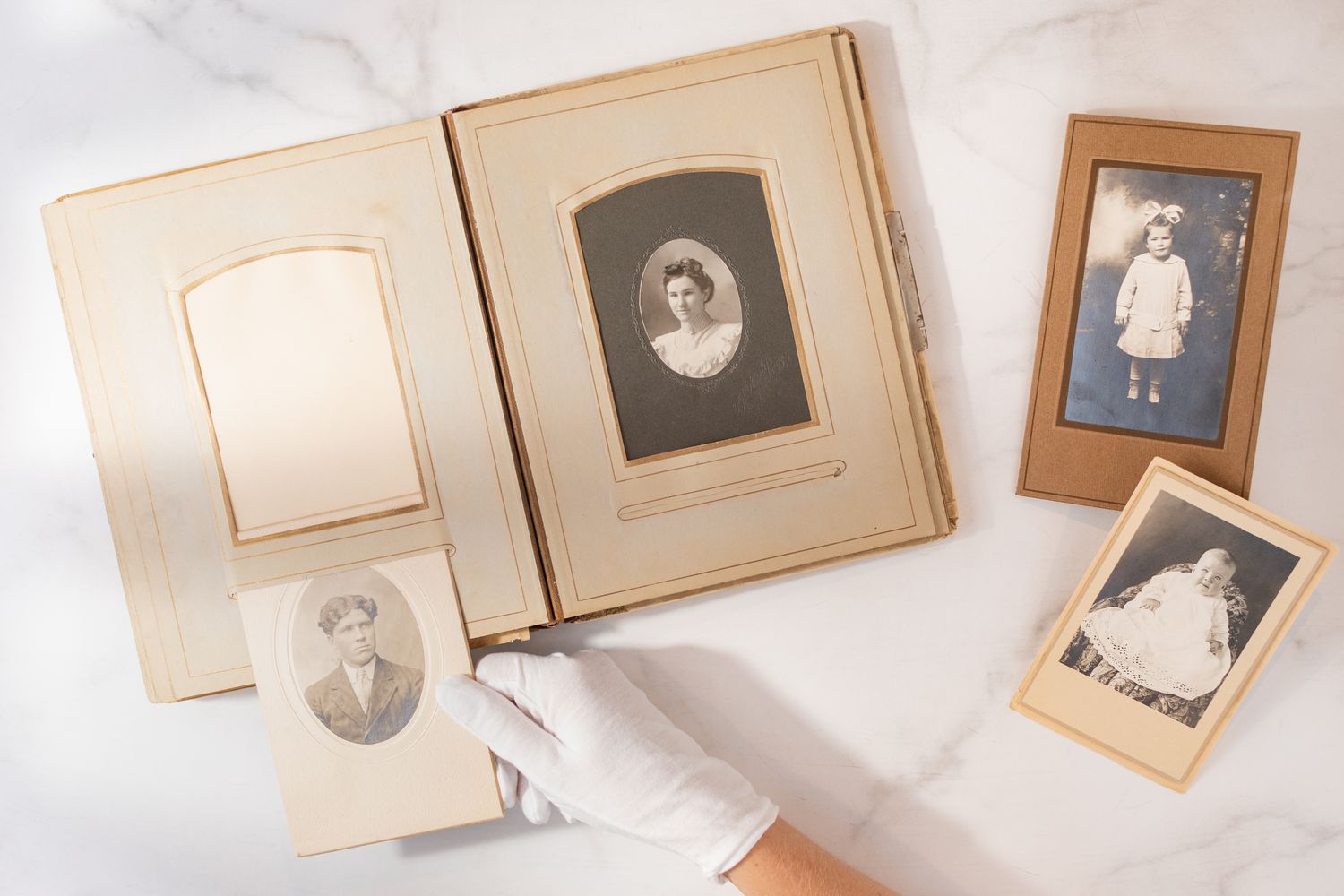

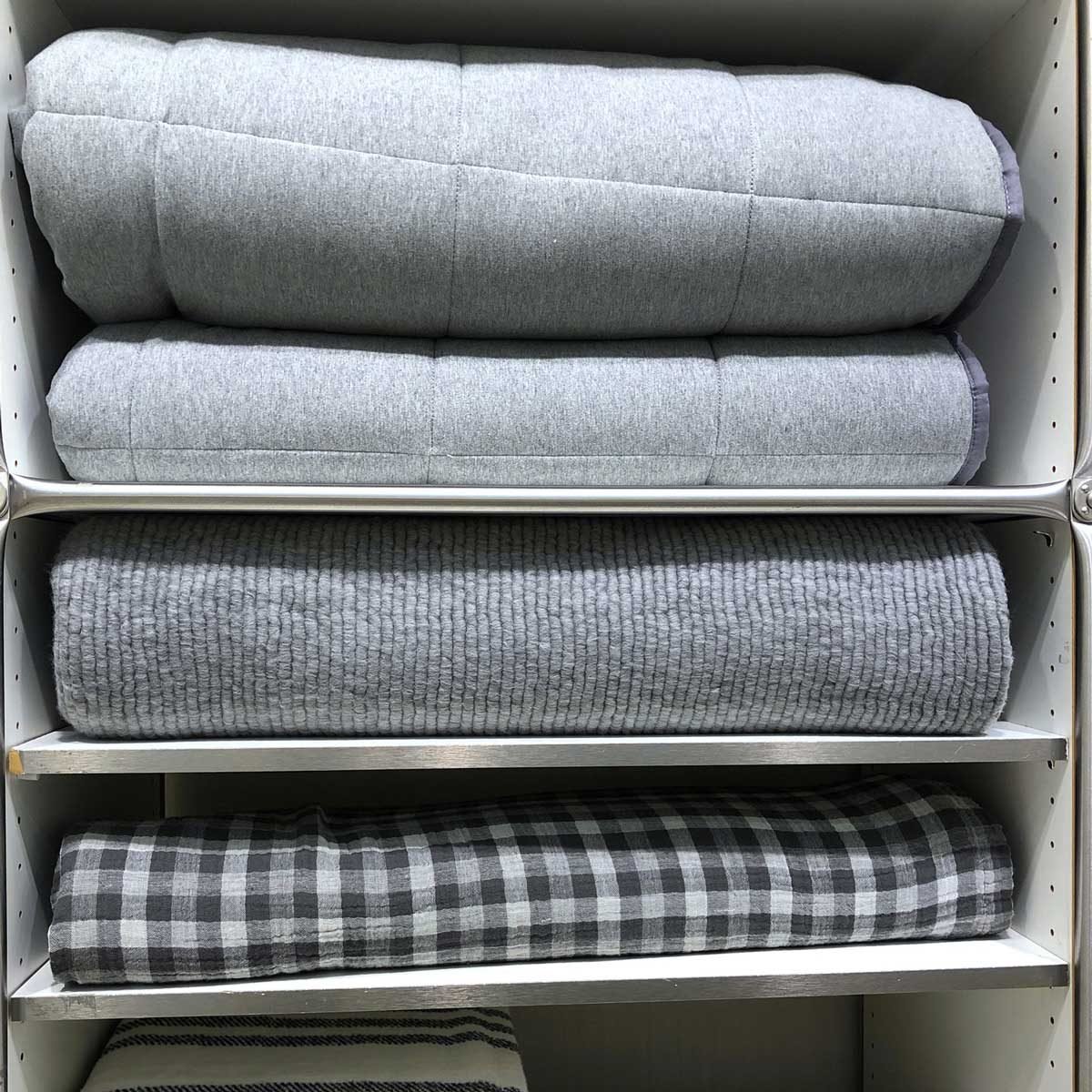
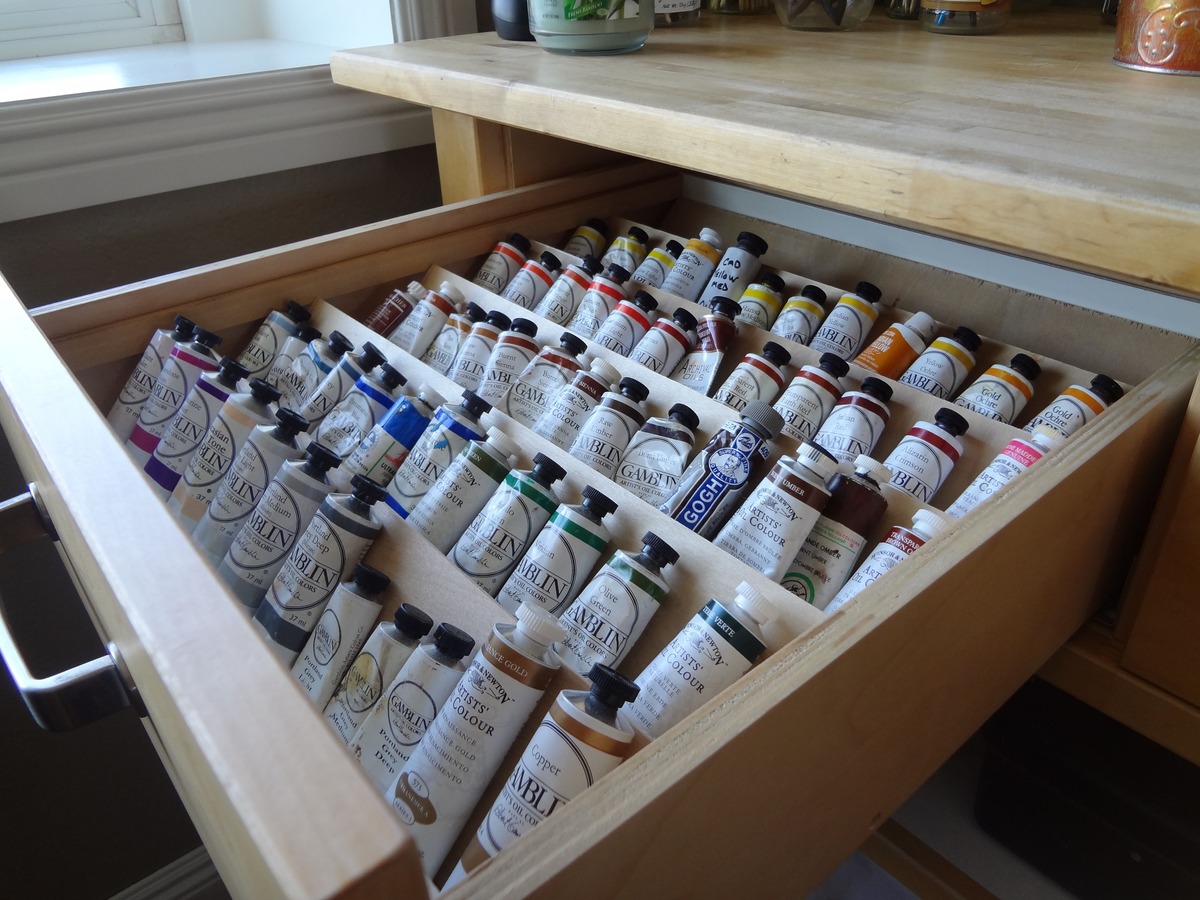
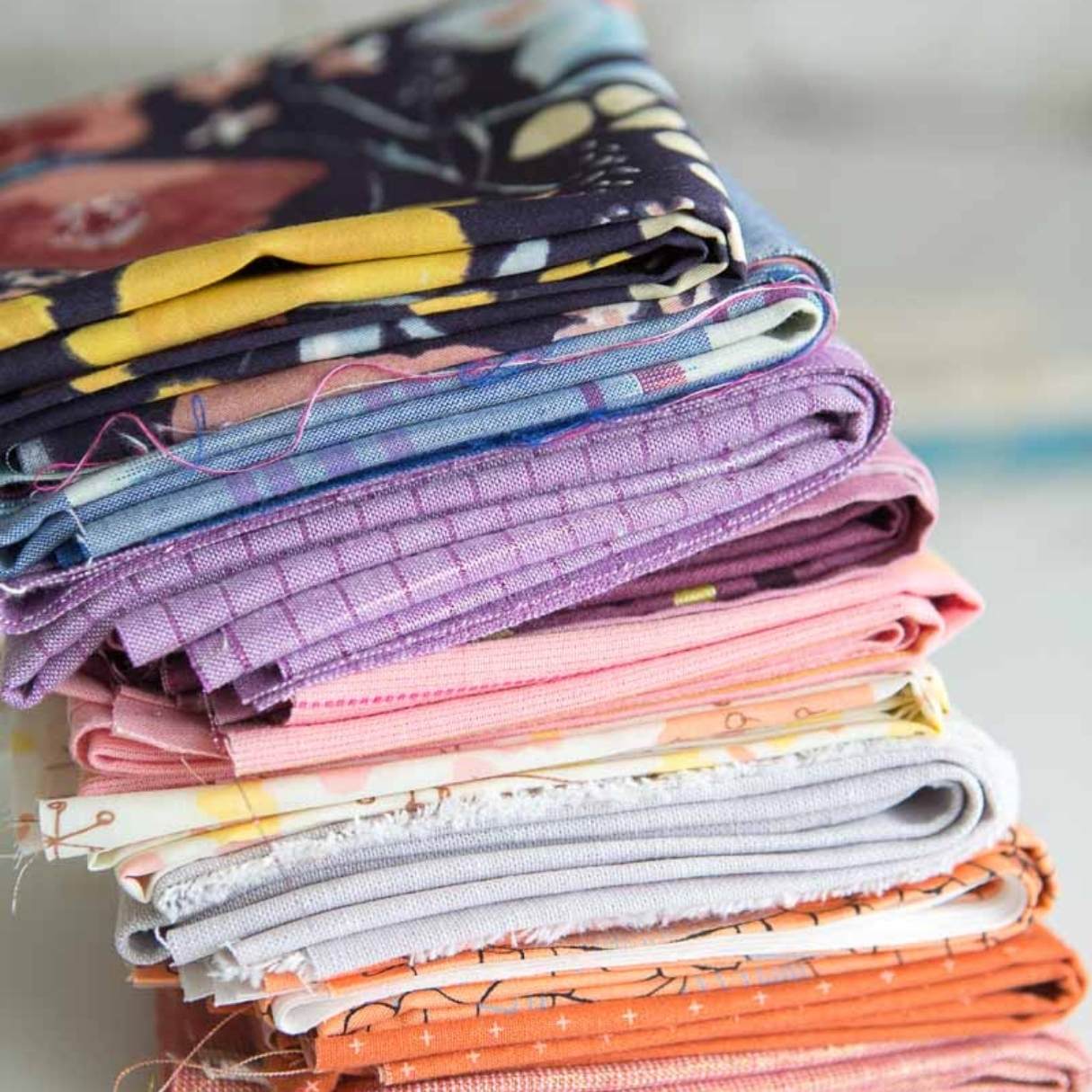
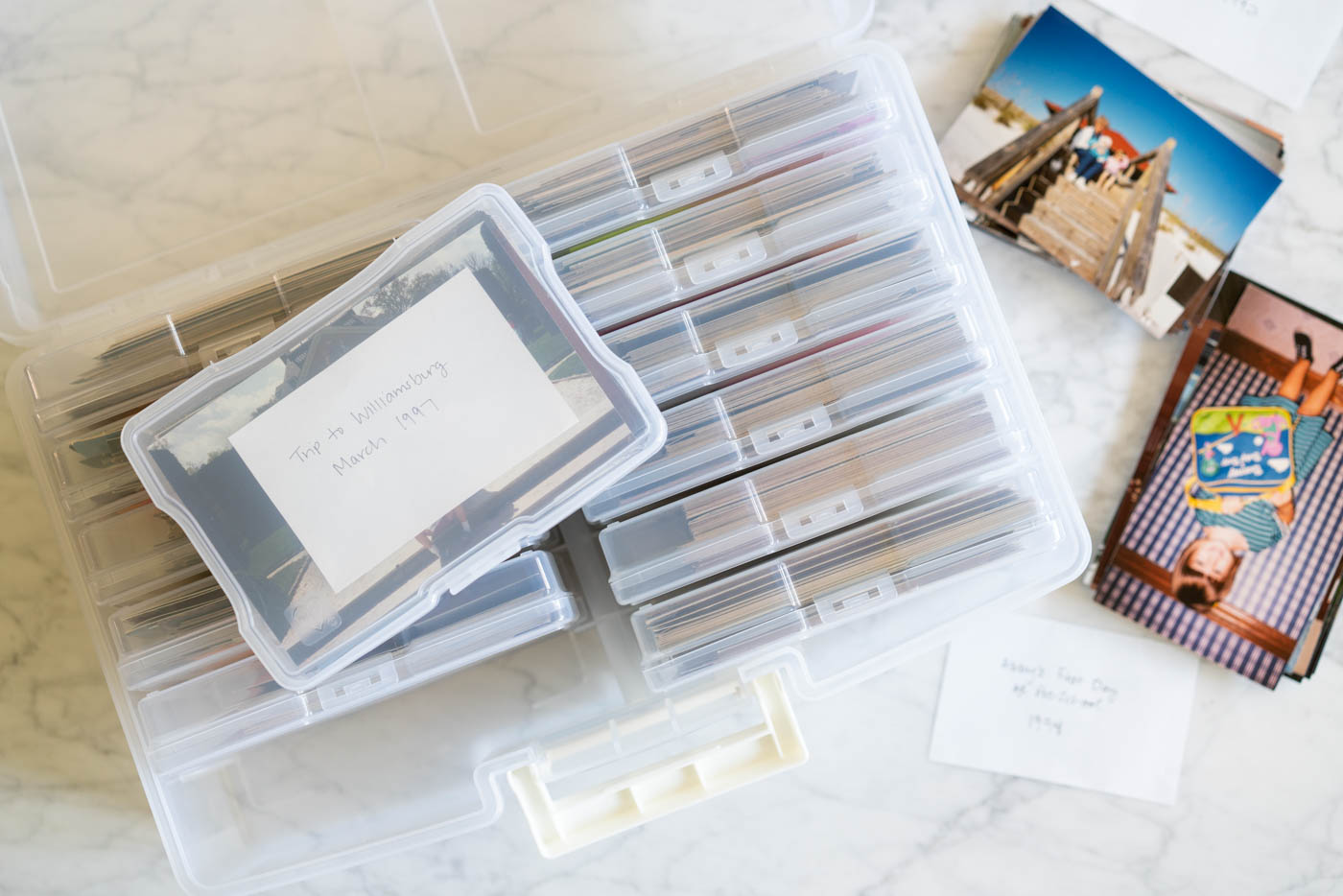
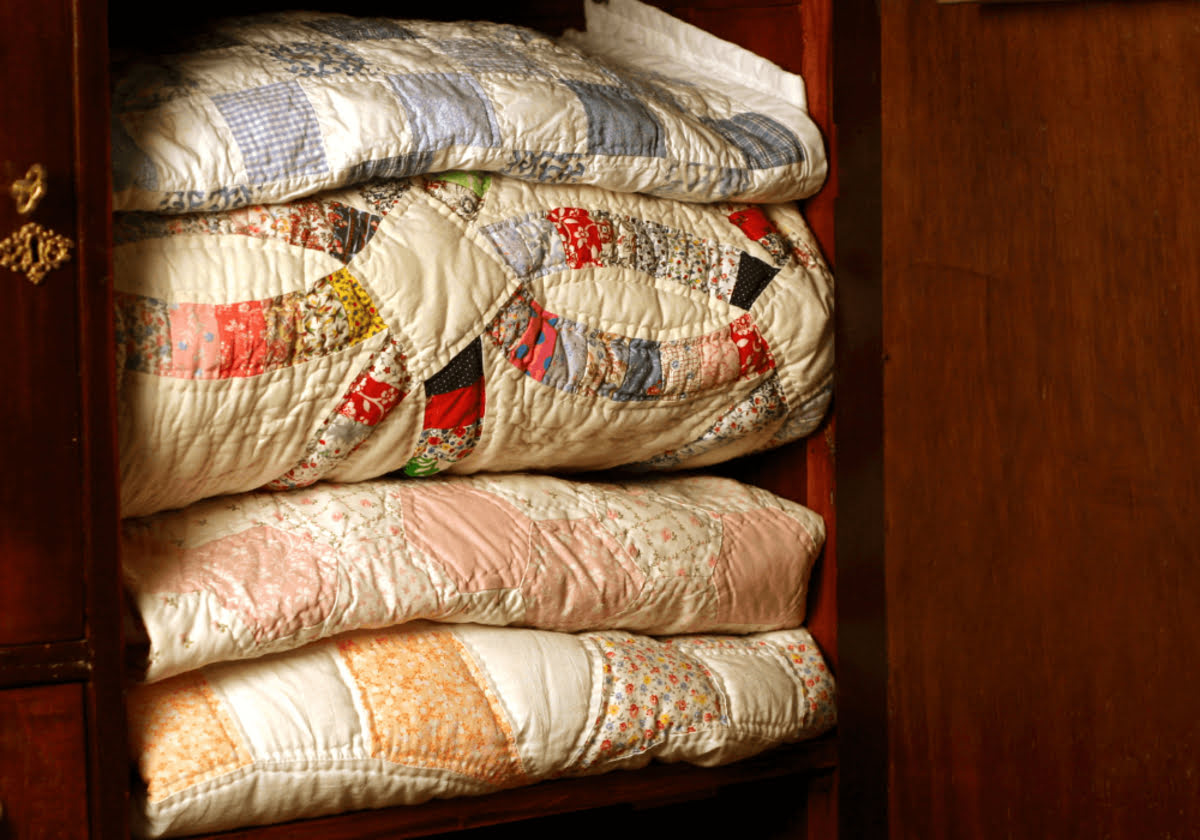


0 thoughts on “How To Store Old Quilts”